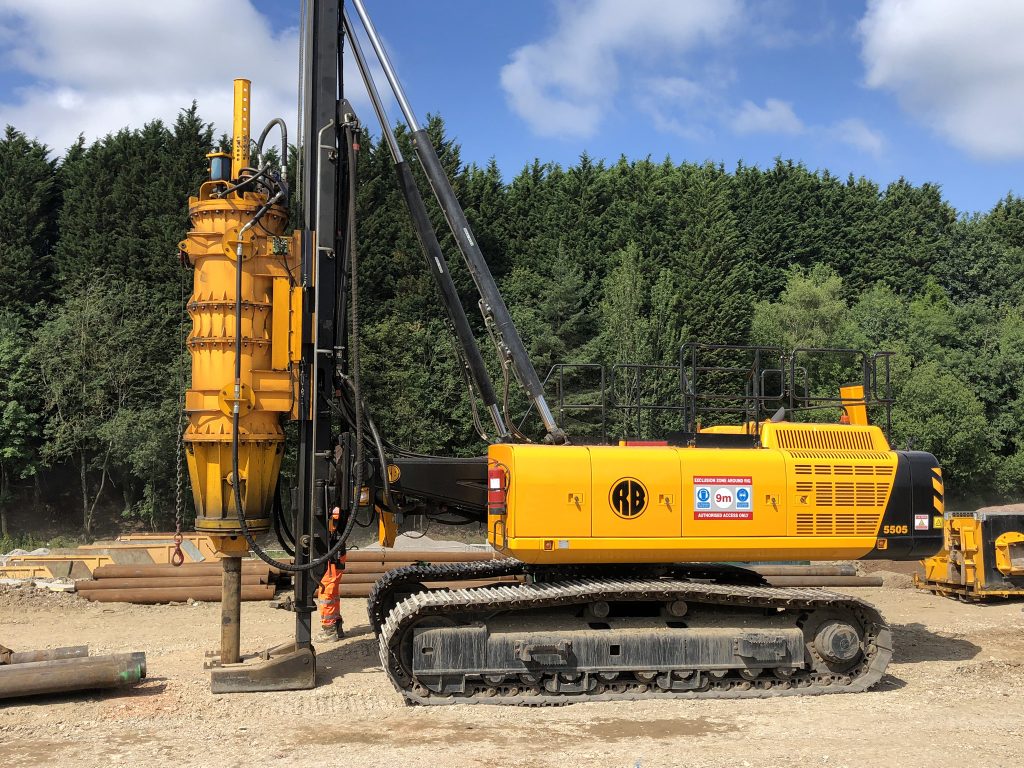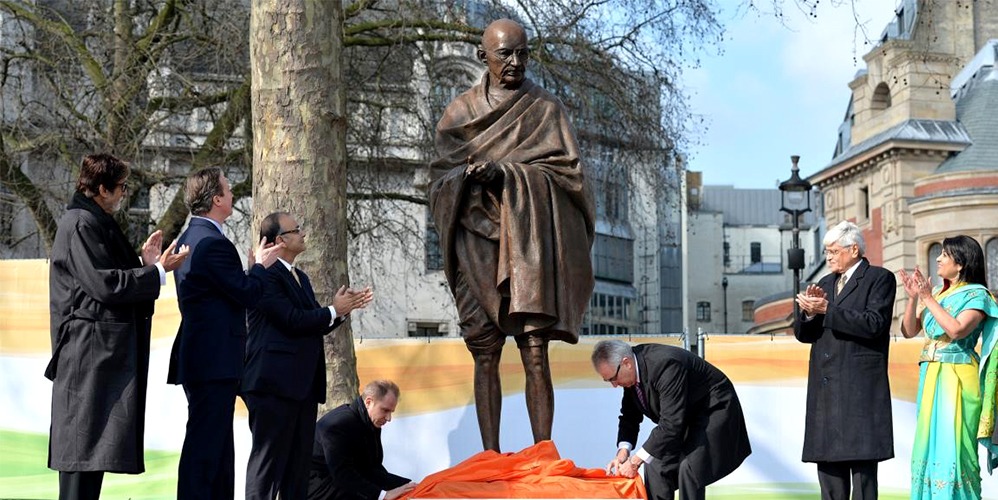Roger Bullivant Limited (RBL) applies innovative ground engineering techniques to tackle the complex challenges posed by former quarry sites, where highwalls and backfilled ground create significant geotechnical variability that sometimes cannot be foreseen. With extensive experience and precise engineering methodologies, RBL provides specialised piling and foundation solutions that ensure stability and performance, even in the most unpredictable conditions.
Geotechnical Challenges in Former Quarry Sites
Former quarry sites, particularly those involving highwall mining, present difficult ground conditions due to the varying depth and composition of backfilled materials. Highwalls, often stepped or poorly marked, introduce uncertainties in determining rock levels. This therefore affects piling performance, especially when traditional precast piles are employed, as they can “kick-off” the rock face. RBL addresses these challenges through advanced site investigation (SI) and bespoke piling designs that cater to the variability in ground conditions and highwall locations.
Case Study 1: Watermills Road, Chesterton
RBL was employed to provide a foundation design for a residential development on a backfilled quarry site with significant uncertainty surrounding the highwall’s location. Initial SI data, gathered from four separate sources, indicated a deep made ground layer overlying stiff clay and weak mudstone bedrock. Due to discrepancies in borehole data and the presence of obstructions in the gravelly made ground, the initial plan to utilise precast piles was revised to utilise thick-walled tubular steel piles across the site.
Key technical interventions included:
- Phase-Based SI Analysis: The site was divided into two phases, with additional SI specified for Phase 2 due to variations in made ground depth and bedrock levels. Phase 1 plots were zoned based on borehole proximity, and load caps were calculated from preliminary static load tests.
- Probe Piles & Static Load Testing: A total of 12 probe piles and two preliminary static load tests were conducted to establish mudstone bedrock depth and evaluate pile capacity. The criteria for pile installation required a blow count of greater than 33, with piles driven 1.5m into mudstone to ensure adequate bearing capacity.
- Design Adjustments for Ground Variability: Open-ended steel piles were filled with concrete to prevent contamination pathways and reinforced to resist heave. Negative skin friction from weak made ground was also factored into the design.
Case Study 2: Leighton Buzzard
RBL’s involvement in a housing development at Leighton Buzzard highlighted the importance of accurately mapping highwall positions in a backfilled quarry. The highwall was clearly marked, allowing for the use of Continuous Flight Auger (CFA) piles in the areas affected, while 250mm² precast concrete piles were driven into dense sand or weak rock in locations outside the highwall area.
Technical highlights include:
- Probing and Borehole Analysis: Initial pile length discrepancies across plots led RBL to conduct additional probing at the extremities of each plot. This revealed significant variations in pile length due to changes in the competence of fill material. To address this, additional boreholes were drilled to develop a more detailed ground model.
- Piling Strategy Adjustments: Where probe and borehole data aligned, precast piles were installed. However, where large variations persisted, RBL switched to CFA piles to mitigate the risk of encountering unidentifiedhighwalls or other geological anomalies.
Both case studies highlight dealing with potential highwalls by location and avoidance, using alternative piling techniques inside and outside the boundaries of the quarry. As a cost-saving solution, this is relatively easy to accommodate on residential sites where individual plots can be located to avoid a highwall providing there is adequate information at the planning stage. In situations where houses cannot be relocated, or structures are so large that the footprint spans the highwall. RBL has further piling and ground improvement techniques which can be combined with our precast or insitu ground beam products to provide a foundation solution that can either bridge or drill into the highwall for support.
By utilising precision-driven site investigation, load testing, and adaptable pile installation techniques, RBL ensures the integrity of foundation systems on complex former quarry sites. For sites with unpredictable highwall conditions, RBL’s technical solutions provide robust performance while mitigating the risks of variable ground profiles.




